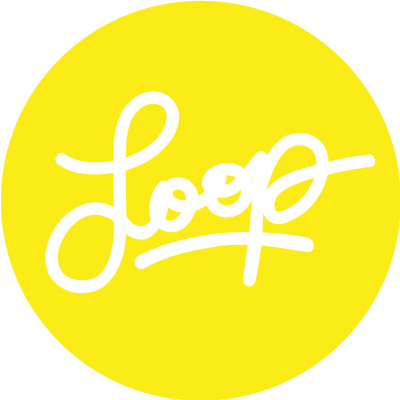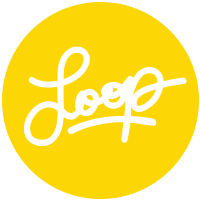Our Creative Process
Designers in Conversation

By Vivien Zeng | September 20, 2019
Here at Loop, we are all about creating meaningful and impactful designs that don’t just look good, but also do good! We want our designs to reflect how amazing our clients are and the work they’re doing to change the world. But the road to achieving that goal and realizing these ideas is not as simple as you might think. We are getting personal as we speak with Emma, our graphic designer, about Loop’s creative process and how we develop an idea from concept to reality.

What is the development process for an average project?
Loop uses a five step creative process that consists of: 1) Discovery; 2) Concept Development; 3) Internal feedback/peer review; 4) Client Feedback; and 5) Production.
Discovery is the first phase where clients put through a thorough discovery process. This helps us understand the client’s visions and goals as well as the aesthetic direction they wish to pursue. You can’t create concepts with depth if you don’t know what your client is about. This stage sets a solid foundation for the next phase–concept development.
Concept development starts with sketching and discussing as a group to conceptualize 2-3 viable direction for the design project. We share ideas and feedback to make sure each idea is unique and no one wastes time accidentally developing similar concepts. Each person is sort of assigned a concept to further develop and digitally produce.
The third stage in the creative process is Internal Feedback/Peer Review. At this stage, all the digital production is done. We present each concept internally and get feedback to make it even stronger. It always helps to get a fresh perspective on the work, especially if you’ve been working on it for a while. This is always a really constructive part of the process, and it’s cool because no one quite has total ownership of any one concept.
The Client Feedback process can be tricky. Sometimes you have to translate feedback that is not necessarily in design-oriented language. But ultimately, the client knows their audience better than anyone so their feedback is really valuable. This also helps make the client feel involved in the process.
The last phase is the most exciting part of the process! Production is where we get to produce all the pieces and design elements to carry the project forward and make the brand/website sustainable and fulsome. It feels really good to hand all that over to the client at the end.
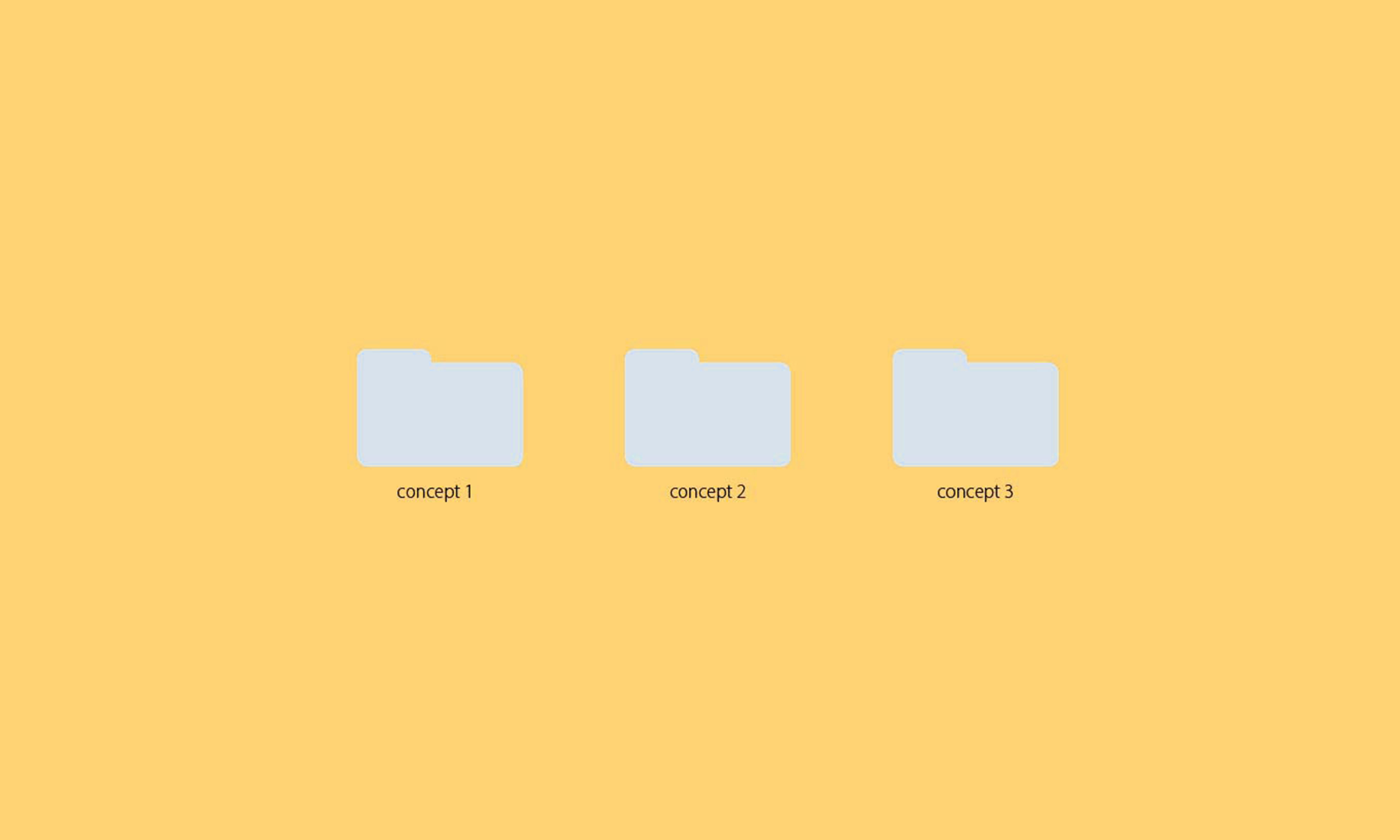
How do you approach a situation where the client feedback is not design-oriented?
At Loop, we use the “I like…I wish” method where clients respond following the prompts of what they liked and what they wish to see. This is an amazing way to get constructive feedback from the clients. It stops them from simply saying “I don’t like it” and forces them to make tangible and actionable suggestions.
Also, clients often won’t have the same language or vocabulary to express design opinions, so I find it really helpful to a) Never take things personally; and b) Try and put yourself in the client’s shoes to see what they are seeing.
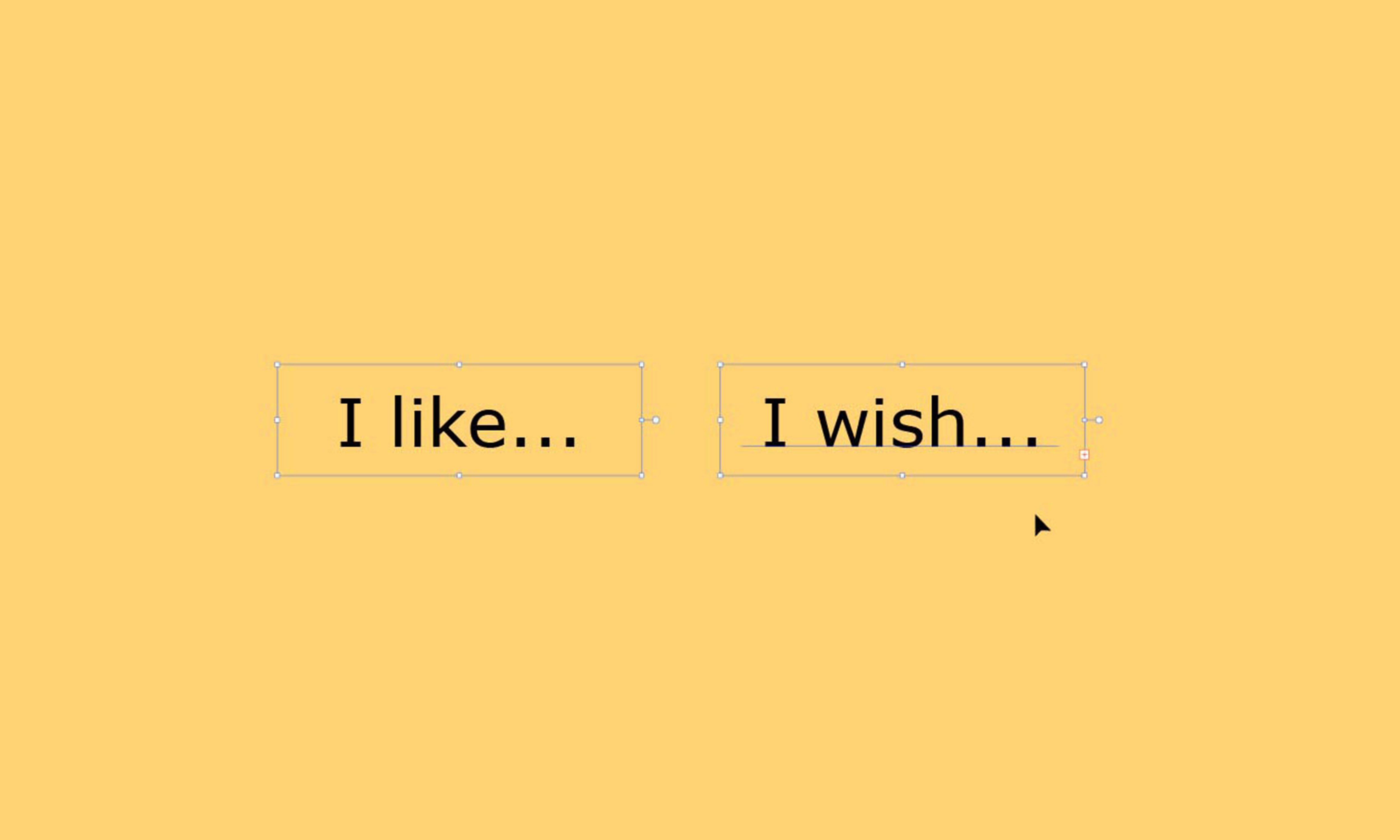
What do you think is the most important aspect of the design process?
I think it has to be the discovery stage. Design is art that solves a problem, and the discovery process is where you identify the problem. Without it you don’t know who you are designing for and that’s when designs become generic and unoriginal.
What do you love about the design process and designing for social good?
Designing for social good solves really meaningful design problems. Using design to affect change and engage people beyond just “that looks pretty” is a really amazing feeling. And so, following that sentiment, my favourite part of the design process is the moment the client sees everything that they’re passionate about represented in a smart, cohesive, and concise design. They are usually really thrilled and excited and they see the organization in a new light which is awesome!
